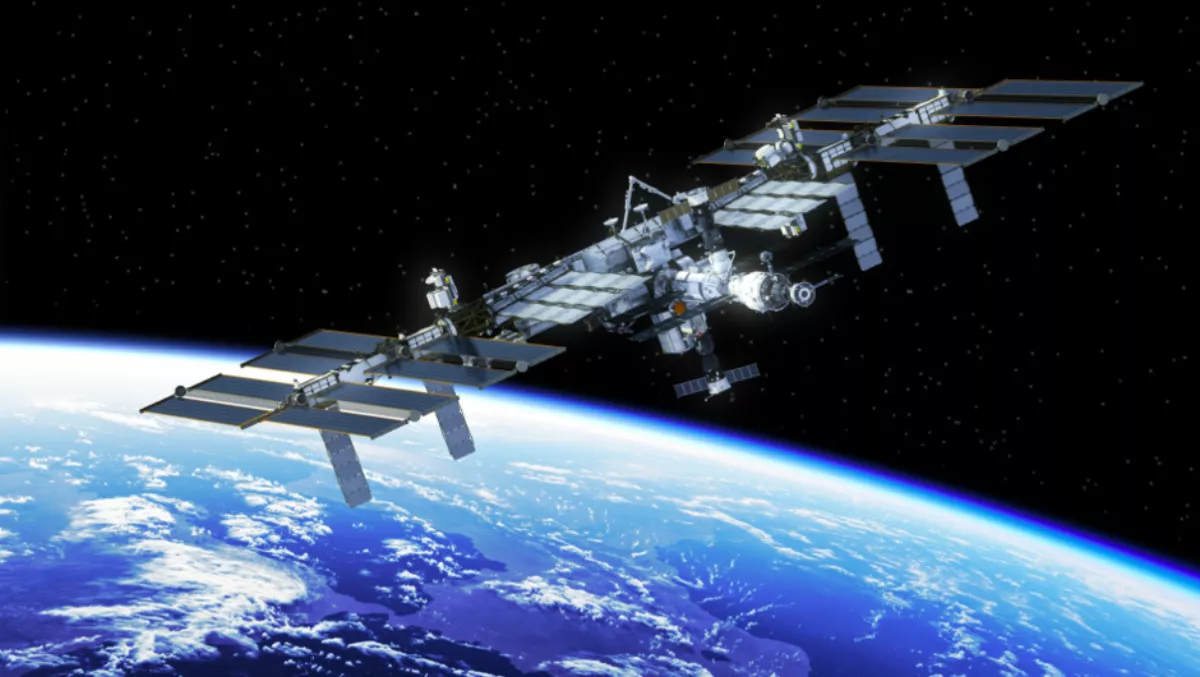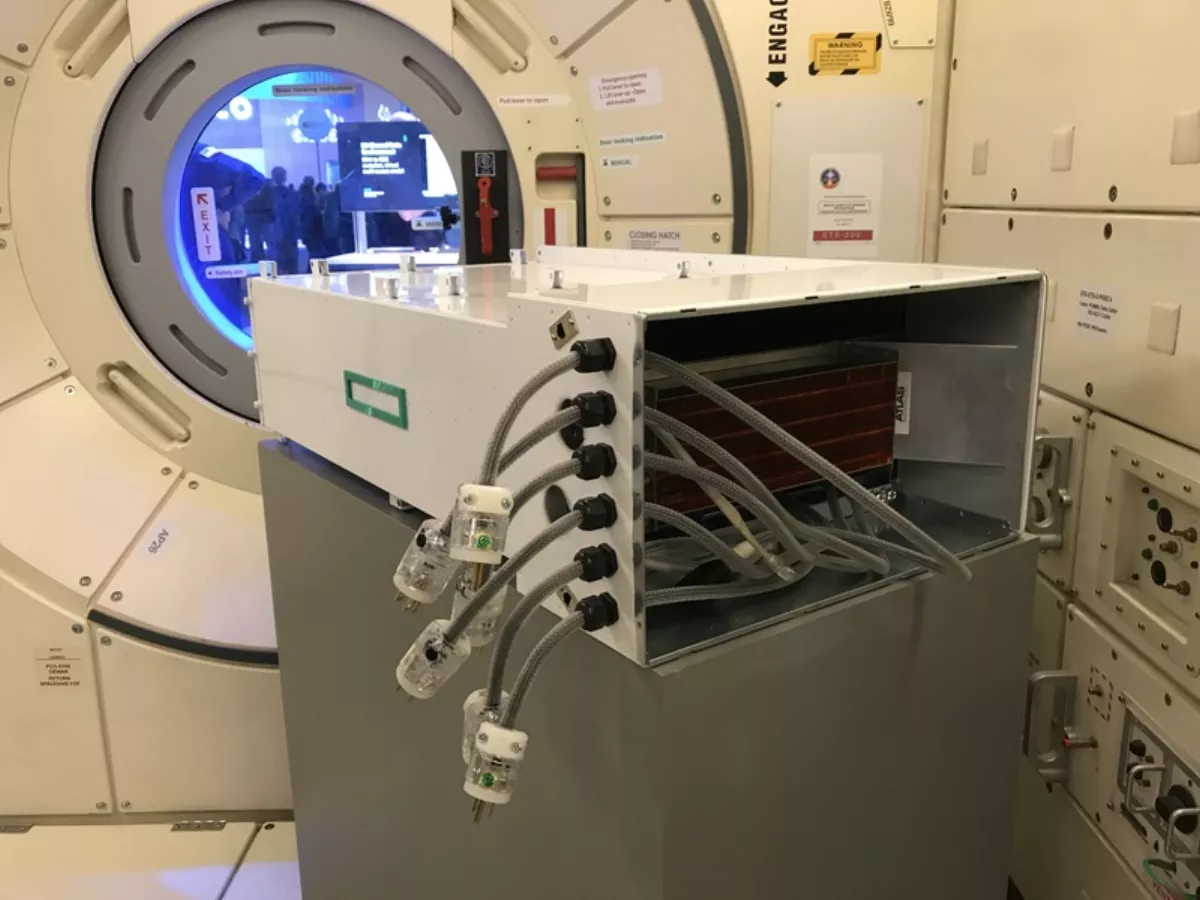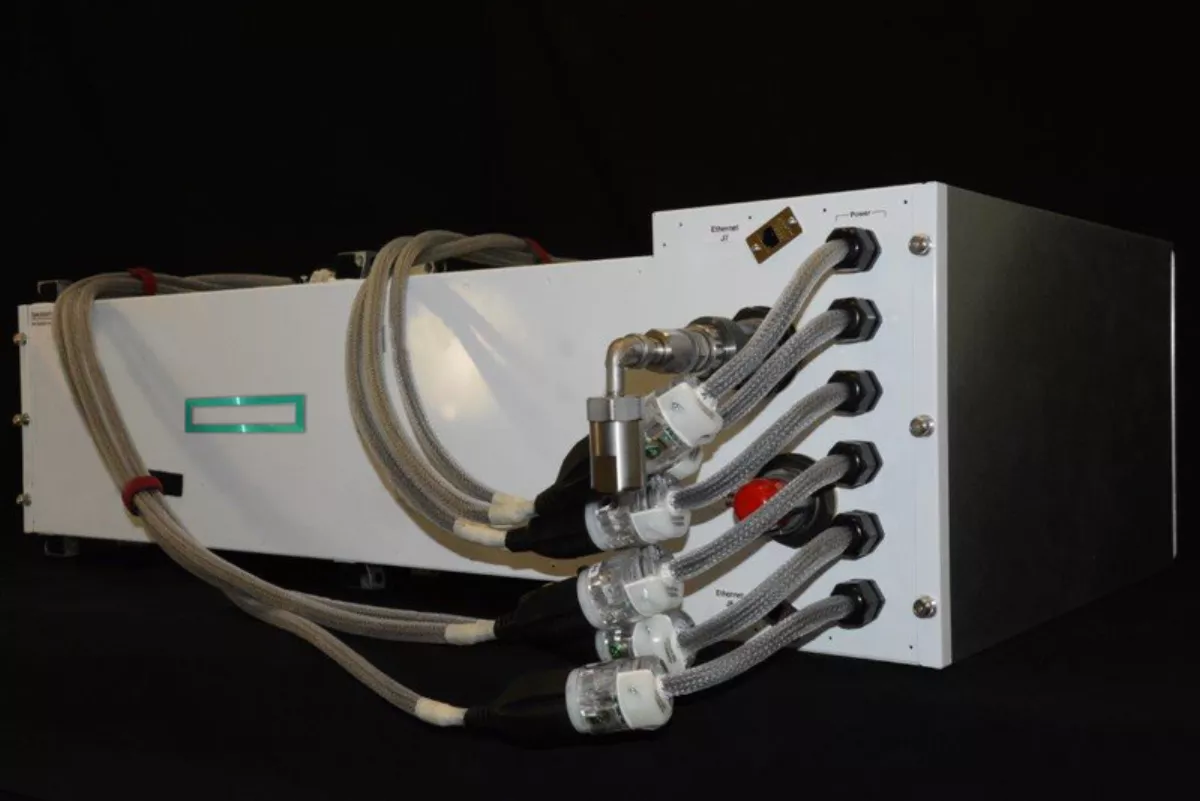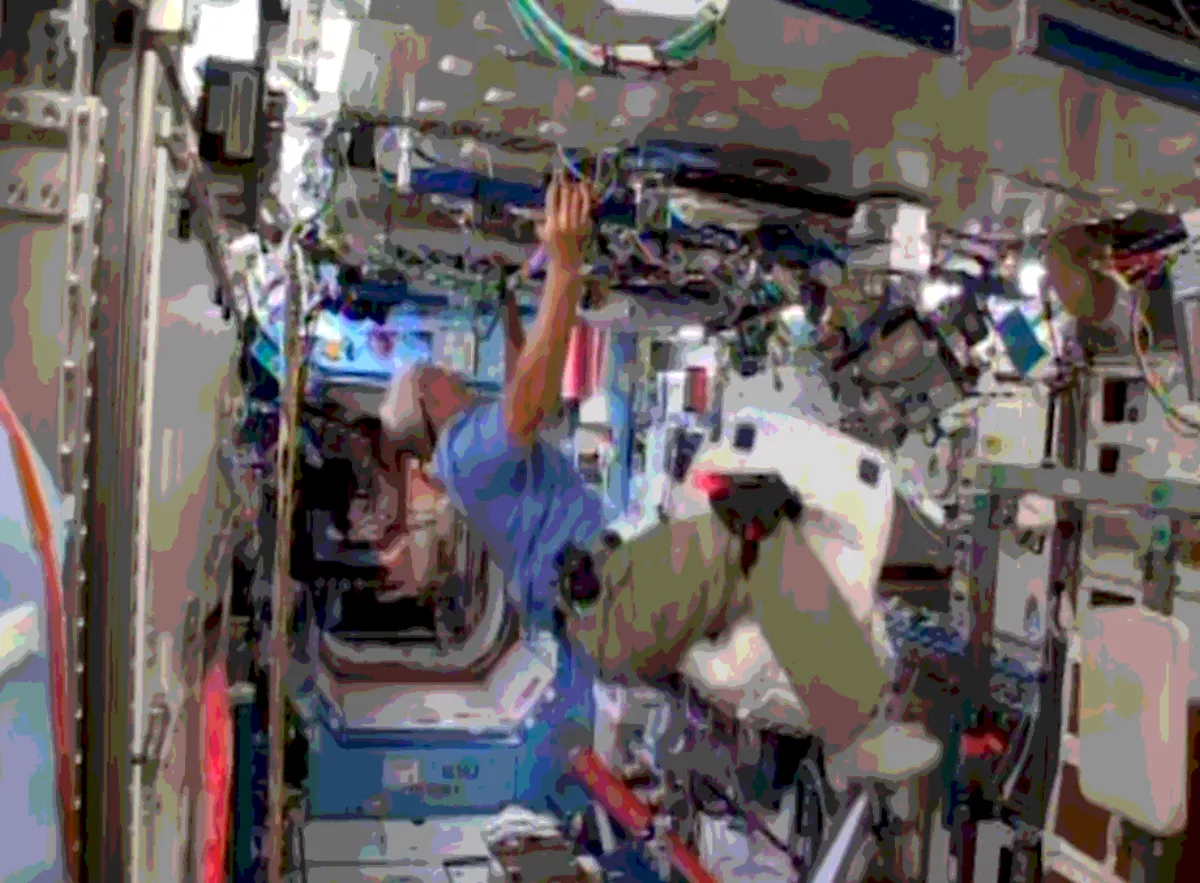
HPE opens up ‘cloud above the clouds’ for space travel
We've had data centers under the sea with Microsoft and now we have a supercomputing solution above the clouds with Hewlett Packard Enterprise (HPE).
HPE today announced it is launching high performance computing capabilities to astronauts on the International Space Station (ISS) following as part of continued experiments on the Spaceborne Computer project.
This is the first commercial off the shelf (COTS) supercomputer that HPE and NASA launched into space for a one year experiment in an attempt to test resiliency and performance. The end result being a success with the system achieving one teraflop on the ISS.
The Spaceborne Computer completed its one year mission after withstanding the harsh conditions of space – which include zero gravity, unscheduled power outages, and unpredictable radiation levels – and will now for the first time ever open its supercomputing capabilities for use aboard the ISS.
The solution is based on the HPE Apollo 40 and has continued to stay intact in space without requiring addition hardware, instead relying on a software-hardened approach that is integrated with its high performance computing nodes.

An Earthbound exact replica of the HPE Spaceborne Computer - photo courtesy of HPE
Given limited computing capabilities, many calculations necessary to complete research projects initiated in space are still processed on Earth. These new services 'above the cloud' will effectively provide space explorers with the tools to conduct analyses directly from space, instead of having to transmit data to and fro for insight.
"Our mission is to bring innovative technologies to fuel the next frontier, whether on Earth or in space, and make breakthrough discoveries we have never imagined before," says HPE HPC and AI chief technology officer and vice president Dr. Eng Lim Goh.
"After gaining significant learnings from our first successful experiment with Spaceborne Computer, we are continuing to test its potential by opening up above-the-cloud HPC capabilities to ISS researchers, empowering them to take space exploration to a new level.

An Earthbound exact replica of the HPE Spaceborne Computer - photo courtesy of HPE
HPE asserts the traditional approach of transmitting data to and fro is feasible for running research on the moon or in low earth orbits between 400 and 1,000 miles above the Earth's surface where communication can be in near real-time.
However, when data is captured further afield and closer to Mars, communication latencies of up to 20 minutes can be experienced. This has made any on-ground space exploration challenging and potentially dangerous as if astronauts are confronted with mission-critical scenarios, they can't afford latencies.

A floating astronaut installing floating HPE hardware - photo courtesy of HPE, SpaceX and NASA
This is the problem that HPE is seeking to address with its Spaceborne Computer boasting high performance computing capabilities. Some of the benefits from the solution include:
Accelerating time-to-solution for space exploration
The latency between transmitting data to and from the ISS and stationary space centres on Earth has all but been eliminated, while also offering computing capabilities to run analysis on-board instead of depending on the Earthbound research teams.
Experiments conducted from the ISS are often quite data-intensive and include high-resolution images and videos, however, in most cases researchers only need to view specific parts of the data. Enabling the dissection and processing of data on-board the ISS avoids latency and drivers greater efficiency.
Reaching new frontiers in space
The network bandwidth in space is substantially consumed from transmitting large data sets to and from Earth. HPE asserts opening high performance computing capabilities in space has allowed ISS researchers to preserve bandwidth for emergency communications, as well as test the boundaries of communications in space to close latency gaps as space travel to Mars and beyond becomes a reality.
Improving discovery through AI
HPE and NASA asserts they are looking to further improve independence for space explorers with enhanced insight that will enable AI and ML applications to unlock new discoveries.
"The Spaceborne Computer is an excellent example of leveraging the ISS for innovation," says NASA ISS technology demonstration research portfolio manager David Hornyak.
"HPE's Spaceborne Computer is a commercial system owned and funded by HPE that is advancing state-of-the-art computing in space and providing supercomputing commercial services on a spacecraft for the first time, all while demonstrating capabilities similar to what NASA may need to pursue for exploration.

